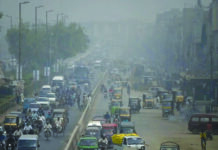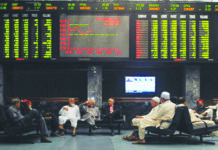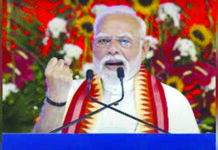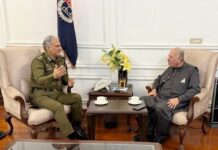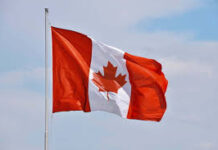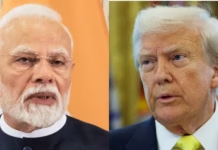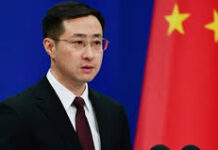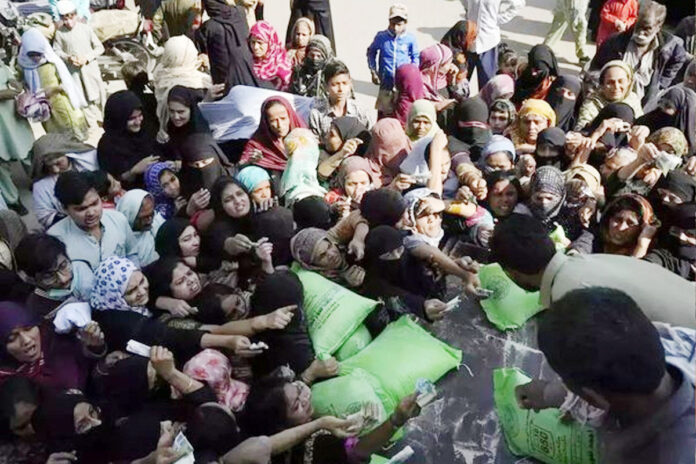Pakistan was viewed as a country enduring adversity for many years. For a large portion of the late 20th and early 21st centuries, its image was shaped by political unrest, economic crises, external pressures, and internal security issues. Many dismissed Pakistan as a state that never seemed to be able to find stability. However, things took a significant turn in 2025. In addition to persevering, Pakistan came out stronger, more self-assured, and resolved to change its place in the world. Pakistan’s resilience and resurgence finally caught the attention of the world, which had previously regarded it with suspicion.
As tensions in the region escalated, the pivotal moment occurred. India miscalculated its actions in early 2025 after years of aggressive posturing and aggressive rhetoric had given it more confidence. Pakistan reacted decisively and precisely when unprovoked Indian aggression crossed the threshold. India was diplomatically cornered and militarily degraded within hours of Pakistan’s measured but effective retaliation.New Delhi quickly called for a ceasefire, marking a dramatic reversal. Long dominated by Indian propaganda, the story started to fall apart. Pakistan’s long-silenced truth reached a global audience, bringing Kashmir into the public eye for the first time in years—not because of India’s accusations. The world started to doubt India’s story and pay attention to the voices of Kashmir, which had been silenced for many years.
As the world looks on, one fact has become clear: 2025 marked the beginning of a new geopolitical era with Pakistan at its centre, not just a year of Pakistan’s comeback. Once written off as unstable and beset by crises, the country is now a major force in the global rebalancing of power. And if 2025’s trajectory is any guide, Pakistan’s rise is just getting started
Although Pakistan’s military might was a major factor in this strategic triumph, the country’s overall change was just as important. Afghanistan officially joined the China-Pakistan Economic Corridor (CPEC) Phase 2, marking a significant milestone on the western frontier. In addition to improving regional connectivity, this agreement reinterpreted Pakistan’s geographic importance. Conflict-free, Pakistan emerged as a crucial land link to developing markets and international trade routes. Afghanistan’s stability improved Pakistan’s security and created opportunities for previously unheard-of economic cooperation.Breakthroughs in diplomacy went beyond Afghanistan. Following years of complicated and occasionally tense relations, Iran and Pakistan decided to work closely together to stop cross-border militancy. More significantly, Tehran pledged to increase bilateral trade to $10 billion, indicating a new phase of mutual trust and economic cooperation between the two neighbors. Joint economic projects, high-level visits, and investment summits demonstrated how Pakistan’s diplomatic skill was shifting the balance of power in the region.
By agreeing to pay $4.6 billion to buy Pakistan’s domestic JF-17 Thunder fighter jets, Azerbaijan became a strategic partner in the Caucasus. Baku also promised $2 billion in additional investments, strengthening a broad partnership that went beyond defence. In the Gulf, Kuwait acknowledged Pakistan’s skilled workforce as a valuable asset and reopened its doors to Pakistani professionals and laborers after years of banning visas, while Qatar increased its strategic investments by contributing $3 billion to Pakistan’s economy.With an astounding $10 billion investment in Pakistan’s infrastructure, logistics, and energy sectors, the UAE took a more daring stance. Additionally, long-standing visa issues were fixed, giving Pakistani businesses and expatriates more confidence. All of these events pointed to a fresh understanding of Pakistan’s potential as a reliable partner and a regional economic center.
Beijing, Pakistan’s longstanding ally, reiterated its steadfast support. The Pakistan Air Force was outfitted with the latest J-35 stealth jets in a historic agreement, advancing its defense capabilities to the forefront of fifth-generation warfare. This important upgrade demonstrated the strength of the strategic alliance between China and Pakistan. By investing $2.6 billion to revitalize the historic Pakistan Steel Mills, Russia made an unexpected but welcome move that combined industrial renewal with the strengthening geopolitical ties between Islamabad and Moscow.
The change in Pakistan’s relationship with the USA was possibly the most noticeable. Washington’s strategy had wavered between cautious engagement and outright skepticism for decades. In 2025, however, the story took a different turn. A new era in bilateral relations was marked when the USA began its first-ever extensive trade talks with Pakistan. American investors started to see Pakistan as a stable, developing powerhouse with enormous growth potential rather than as a volatile frontier market. When the World Bank announced an unprecedented $40 billion investment package, praising it as a historic step acknowledging Pakistan’s strategic and economic significance, confidence soared.
Europe also changed its position. PIA has been cleared to resume flights across European skies following a four-year grounding due to safety and compliance issues. More than just a business triumph, the sight of PIA’s green and white tail returning to European airports represented Pakistan’s reintegration into the world community and its resiliency and redemption.International news outlets also covered Pakistan’s technological comeback. It was also significant for the planned privatization of the national flagcarrier. The Chinese tech giant Huawei teamed up with the government of Prime Minister Shehbaz Sharif to provide 100,000 young Pakistanis with training in advanced subjects like artificial intelligence and information technology. In addition to providing Pakistan with a workforce prepared for the future, this initiative established Pakistan as a regional leader in technology.
In an unexpected development, a cryptocurrency company backed by US President Donald Trump announced a partnership aimed at making Pakistan the crypto capital of South Asia. While unconventional, this move reflected growing confidence in Pakistan’s regulatory and financial infrastructure. Simultaneously, a $5 billion trade plan with Turkey was launched, including collaboration on electric vehicle manufacturing, further diversifying Pakistan’s industrial base.A significant economic milestone represented the culmination of these developments. Pakistan’s GDP surpassed $400 billion for the first time. This accomplishment was more than just a figure; it was Pakistan’s official admission into the group of respectable emerging markets. It was evidence of the nation’s adaptability, resiliency, and progressive policies.
This was not an accident. Years of sacrifice, a strategic realignment, and leadership dedicated to putting the interests of the country first led to Pakistan’s transformation in 2025. Pakistan’s path was marked by a clear vision and unwavering resolve, from modernizing its military to reviving its economy, from establishing diplomatic ties to claiming its proper place in the international forum.
As the world looks on, one fact has become clear: 2025 marked the beginning of a new geopolitical era with Pakistan at its centre, not just a year of Pakistan’s comeback. Once written off as unstable and beset by crises, the country is now a major force in the global rebalancing of power. And if 2025’s trajectory is any guide, Pakistan’s rise is just getting started.

